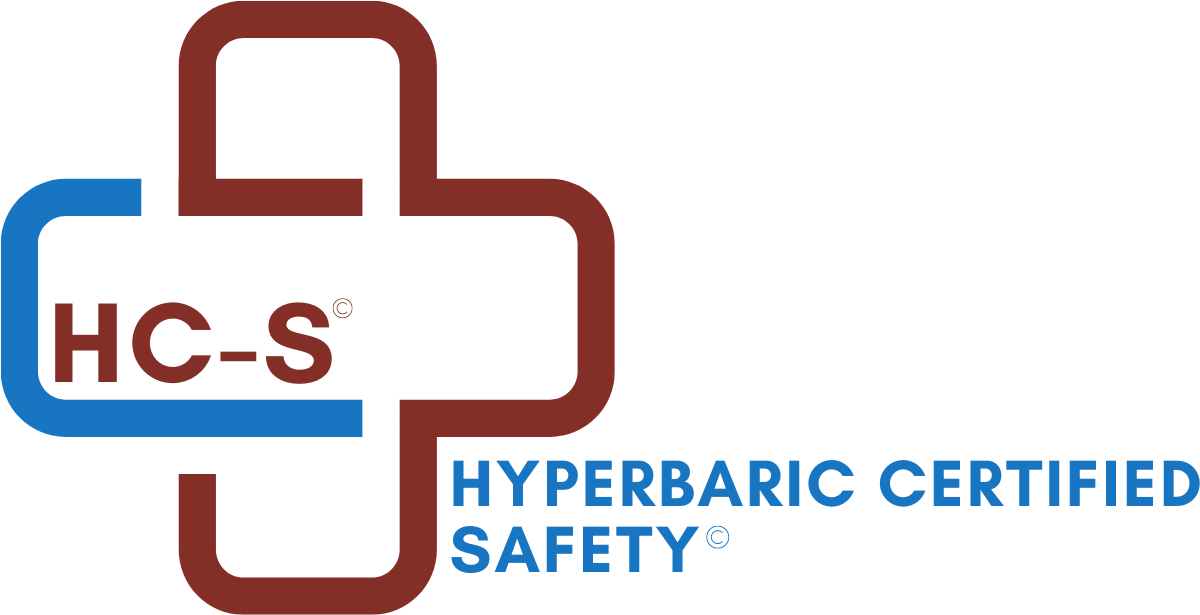Rx Pad
Question: (Dive Medicine) Can you explain the transfer of gases into and out of a scuba diver's body?
Henry's law can be used to examine the transfer of gases into and out of a scuba diver's body.
Henry's Law and the Diver
When a diver submerges breathing compressed air, the increased pressure causes more nitrogen to dissolve into the diver's blood and tissues. Throughout the dive, as depth changes, nitrogen continues to dissolve into and out of the diver's body. To avoid an excess of nitrogen in the body that could result in decompression sickness, the diver must follow established depth and time limits. Similarly, when breathing alternative gases under pressure, a diver must follow the proper depth and time profiles to avoid conditions that could cause adverse symptoms caused by the particular gases being used. It is important for divers to select a breathing gas mixture appropriate to the depth and demands of the dive.
Dissolved Gas Considerations
Henry's law tells us that the amount of gas that will dissolve in a liquid at a given temperature is proportional to the partial pressure of the gas. If one unit of gas is disolved into a liquid at a pressure of one ata, then two units will be dissolved at a pressure of two ata.
When a gas-free liquid is first exposed to a gas mixture, gas molecules will diffuse into the liquid, driven into solution by the partial pressure of each individual gas. The measure of the amount of gas molecules dissolved in a liquid is called the "gas tension," which can be thought of as the partial pressure of the gas dissolved in the liquid. The difference between the gas tension in the liquid and the partial pressure of the gas outside the liquid is called the "pressure gradient." The greater the gradient, the more quickly the gas tends to enter or leave the solution.
As the number of gas molecules in the liquid increases, the gas tension increases until it reaches a state of equilibrium. At that point, the liquid is "saturated" with the gas molecules, and the pressure gradient is zero. Unless a change in temperature of pressure occurs, the net rate at which gas molecules enter or leave the liquid will be zero, and the gas tension will remain constant.
The concept of gas tension and pressure gradients is critical to divers. Much of the human body is composed of water, and the blood and tissues of the body absorb gases according to Henry's law. When a diver submerges, his breathing gas is delivered at ambient pressure. The deeper he dives, the greater the pressure of the breathing gas in his lungs, and the greater the rate at which breathing gases dissolve into his blood and tissues.
The longer a diver remains under water, the more gas becomes dissolvedd in his blood and tissues. When the diver ascends, the gradient reverses, and the gases dissolve out of the blood and tissues and back into the diver's lungs.
A problem arises when the gradient is too great, and the gases cannot dissolve out of the blood and tissues quickly enough. When this occurs, the gases come out of the solution and form microscopic bubbles in the tissues and blood. With a high enough gradient, the bubbles can damage nerves and restrict blood flow. Such maladies, referred to as DCI (decompression illness), are discussed in detail in Chapter 4, Diving Physiology.
To avoid such problems, divers must limit their time at depth, and follow established safety procedures during the ascent.
Modern dive computers use mathematical modeling to calculate the predicted gas tensions in the diver's tissues. A thorough discussion of this subject is beyond the scope of this article.
Excerpted with permission from the publisher, Best Publishing Company, from NOAA Diving Manual: Diving for Science and Technology, 5th Edition. David A. Dinsmore, content editor and Jeffrey E. Bozanic, PhD, technical editor. Copyright 2013.
LEARN MORE
Online Education: Earn continuing education credits in wound care and hyperbaric medicine with online, on-demand courses. Find your course HERE
Basic Training in Hyperbaric Medicine: Take the UHMS and NBDHMT approved 40-hour Introduction to Hyperbaric Medicine training course to learn the key fundamental elements and concepts in practicing hyperbaric medicine safely and effectively. Find your course today! https://www.woundeducationpartners.com/live-courses/hbo-courses.html
When you subscribe to the blog, we will send you an e-mail when there are new updates on the site so you wouldn't miss them.



Comments